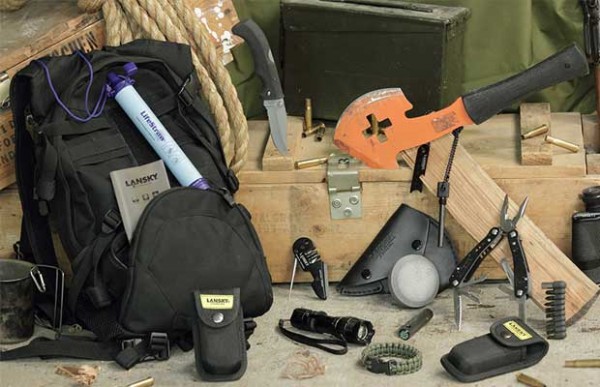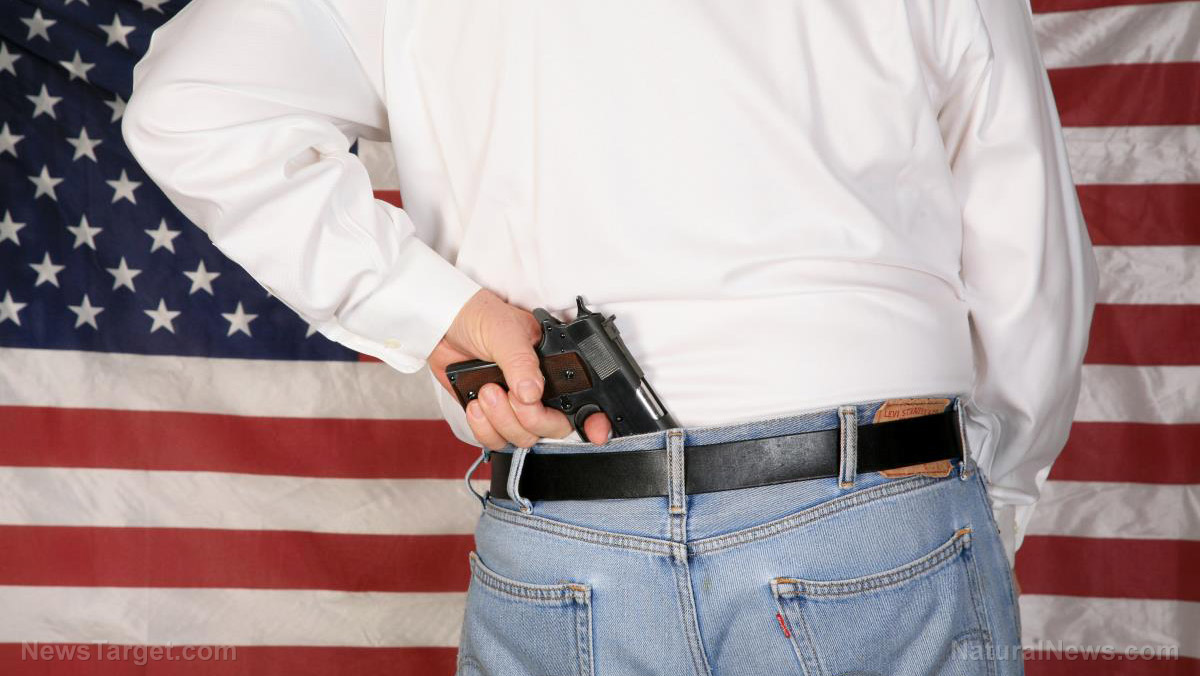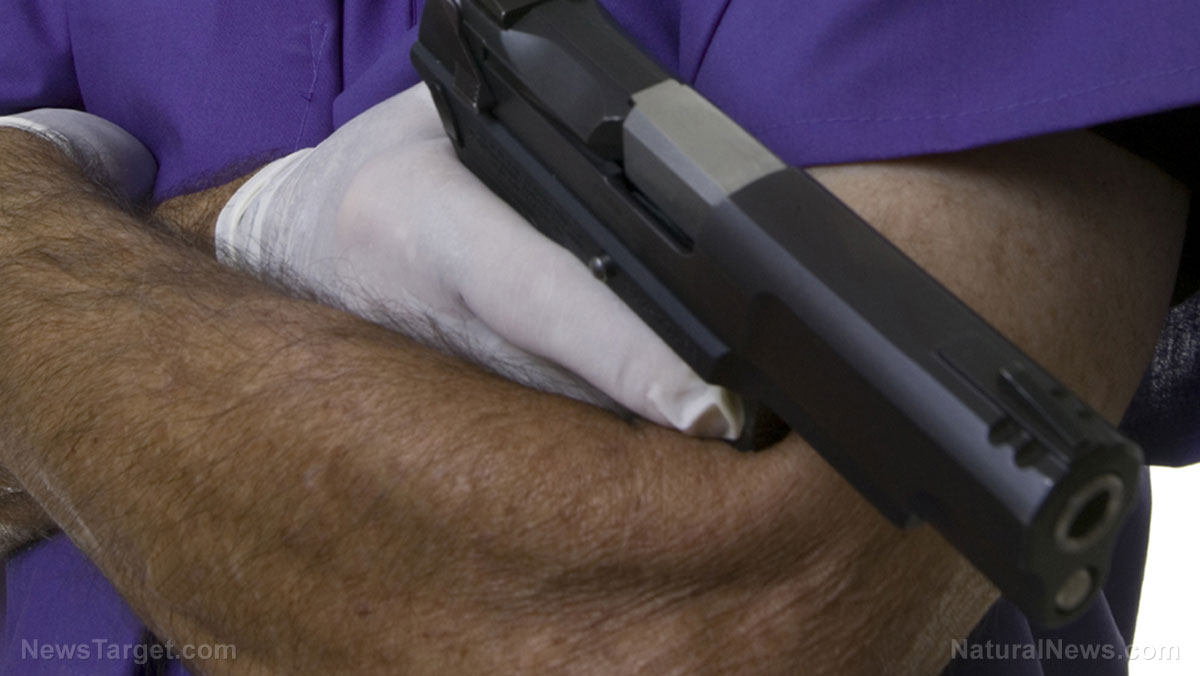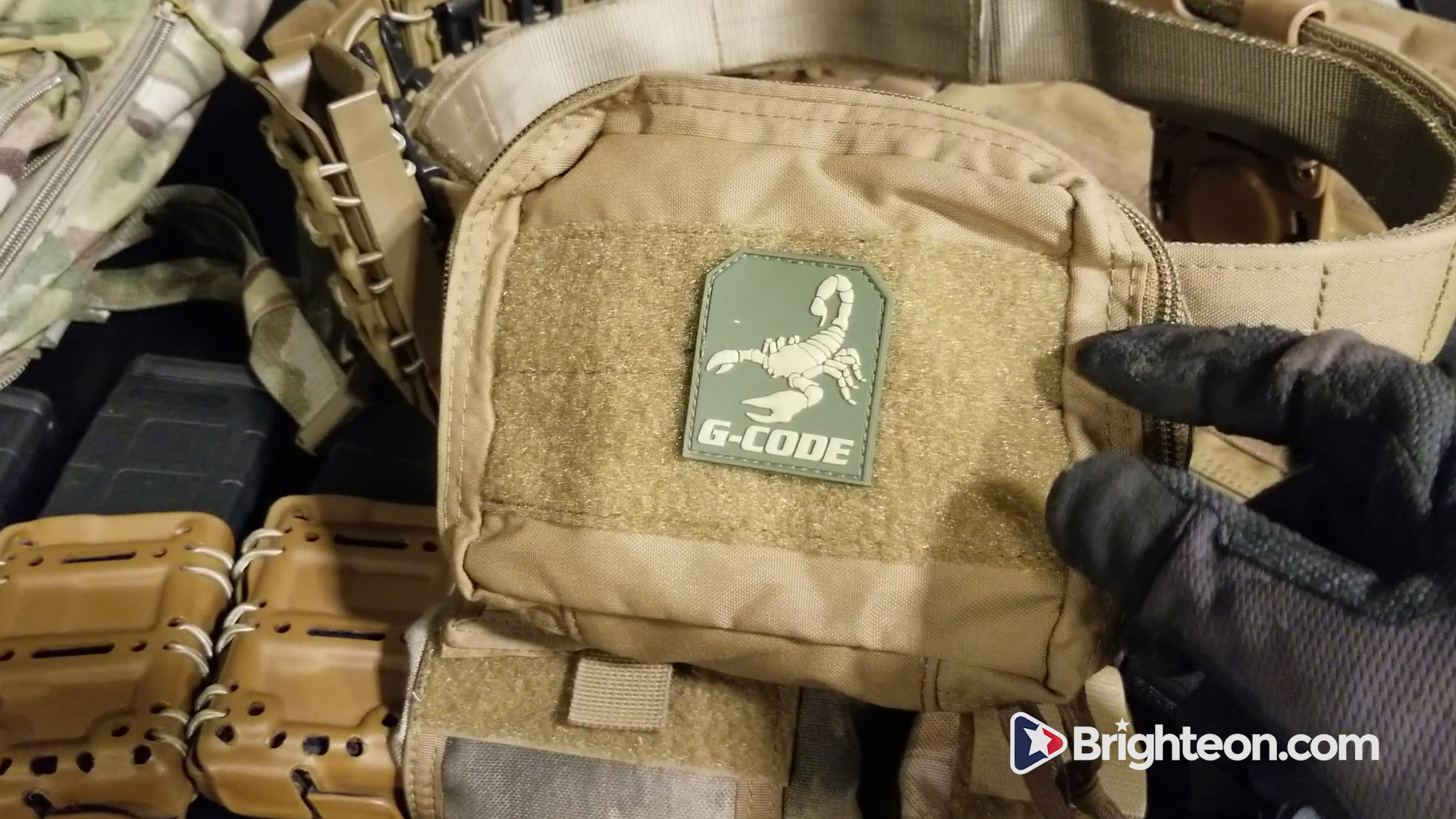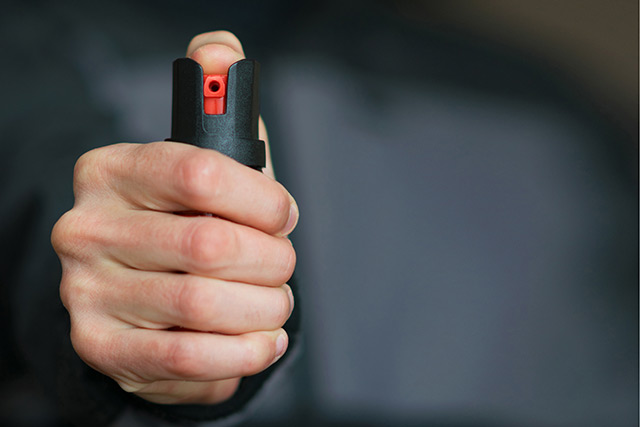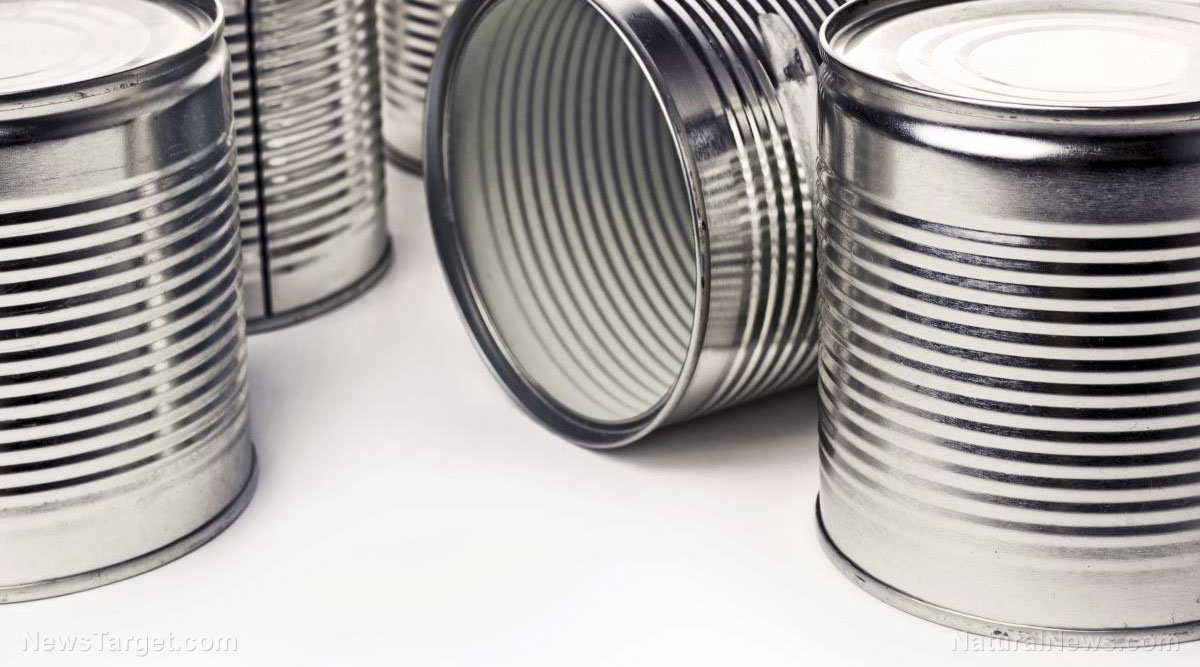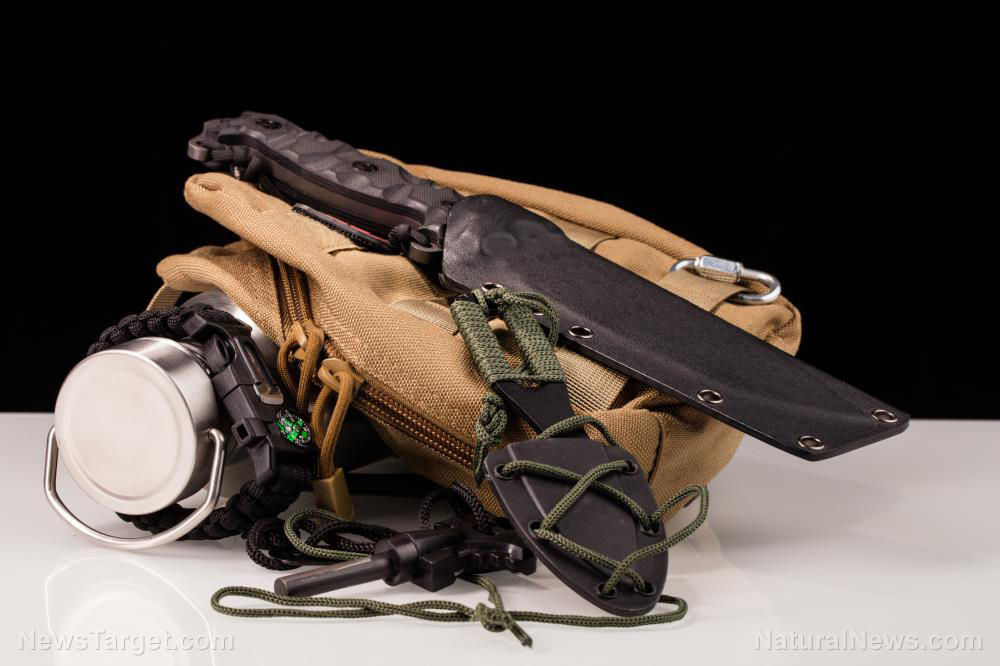Prepping and air travel: Items for a TSA-approved BOB
06/14/2019 / By Lance D Johnson
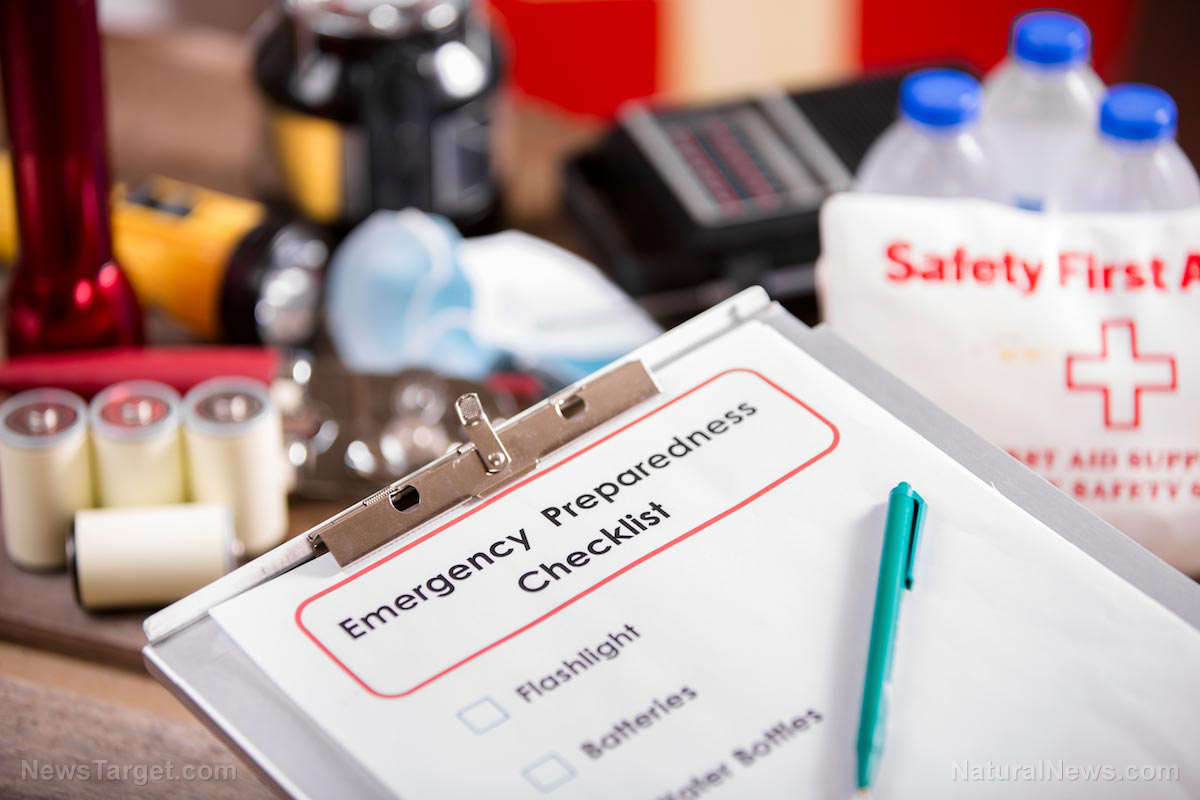
The preparedness-minded individual does not think twice about carrying essential tools and other survival items on their person and in their vehicle. However, once they commit to air travel, they are forced to submit to restrictive rules set out by the Transportation Security Administration (TSA). Most of the items that preppers naturally depend upon would be quickly confiscated by TSA. So how does someone prepare for unpredictable travel situations?
If the plane loses its power, is hijacked, or downed in an unknown area, passengers will be on their own with nothing but the items they were allowed to take onboard. The TSA does not allow knives, pepper spray, firearms, or other self defense items into carry-on bags, so passengers are theoretically vulnerable during flight, with only hand-to-hand combat skills as their best self-defense asset.
Still, there are quite a few TSA-approved carry-on items that could help you out if you were put in a pinch mid-flight or stranded overseas. Some of the most important items that can pass through TSA screening will be discussed in this article. Note: Depending on their mood, personal suspicions, and/or their own interpretation of the rules, TSA agents may confiscate anything they deem inappropriate or unsafe. It’s best to present potentially questionable items in the most transparent way. Your bag should be neatly organized so nothing seems concealed or suspicious.
Be prepared when you fly
Screwdrivers, wrenches, and pliers less than seven inches long are allowed, providing endless mechanical uses if the need arises. Even though lighters aren’t allowed, one book of safety matches is permitted, providing you an emergency fire starter. In an emergency landing, you may be forced into the wild. You will either have to A) survive long enough to be rescued or B) fight your way back home. Your carry-on bag is ideally something you can put on your person and still move freely about, with both hands accessible. Also consider what is most important to have on your person.
Some of the smallest, most obvious items to pack include a compass, flashlight, a small first aid kit, a watch, and water purification tablets. To perform tasks in the dark, hands-free, consider carrying a headlamp, too. TinderQuik fire starting tabs are easy to pack if you need to get a fire going quicker. A ferrocerium rod with flint fire starter can be a life-saving tool as well.
Communication is vital. A cell phone with an extra charged battery pack, an AM/FM/weather radio with ear buds, and a GPS with maps chip are important to pack. Always take extra batteries. When dealing with people, nothing talks louder than cold hard greenbacks. If the survival scenario is in the wild, then the cash can make great kindling.
Tools to consider include duct tape, zip ties, and paracord, along with TSA-compliant scissors and a Leatherman multi-tool. In any emergency, an extra stash of food will come in handy. Include nutrient-dense foods such as nuts, pressed chlorella tablets, and dehydrated fruit. If you’re concerned about having food long term, pack a small fishing kit. Also, don’t forget a couple small to medium water bottles and a titanium cup, which can cook or boil water over a fire.
What you need to carry onboard depends on the kind of terrain and climate you will fly over. If your flight is going over cold mountain ranges, pack a stocking cap, gloves, an emergency blanket, and weather-appropriate attire. You may need to protect yourself from airborne contaminants, pathogens, or unexpected illness or injury, so make sure to have a small bar of soap, gloves, sanitary wipes, a bandanna, a 3M 9211 folding particulate mask, cayenne pepper capsules, ginger root capsules, and an over-the-counter pain reliever.
Other items to consider are a couple gallon-sized Ziploc bags, which could keep items dry in a pinch. A notebook and a tactical Fisher Space Pen could help you write down directions and take notes. A Schrade titanium pry tool has several uses, especially if you’re trapped or need to break something loose. Do not take heirloom quality survival tools or anything they might confiscate. If the TSA doesn’t allow you to mail the items back home (a service offered in some airports), then you will never see the items again. To learn more what you can and cannot bring on flight, check with the TSA.
For more on being prepared visit Preparedness.News.
Sources include:
Tagged Under: chaos, communication, fire starters, international travel, off grid, preparedness, preparing, prepping, sanitation, security, self-defense, survial items, survival, survival gear, tools, TSA, water purification
RECENT NEWS & ARTICLES
COPYRIGHT © 2018 SURVIVALGEAR.NEWS
All content posted on this site is protected under Free Speech. SurvivalGear.news is not responsible for content written by contributing authors. The information on this site is provided for educational and entertainment purposes only. It is not intended as a substitute for professional advice of any kind. SurvivalGear.news assumes no responsibility for the use or misuse of this material. All trademarks, registered trademarks and service marks mentioned on this site are the property of their respective owners.




